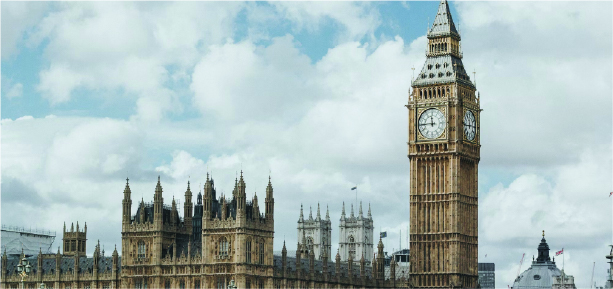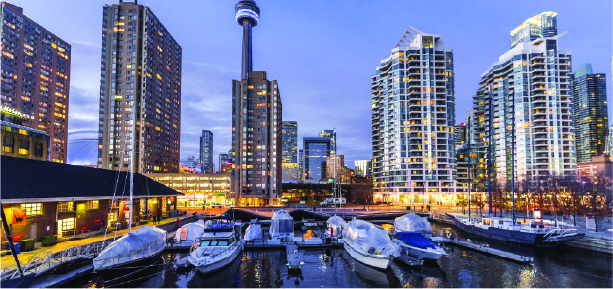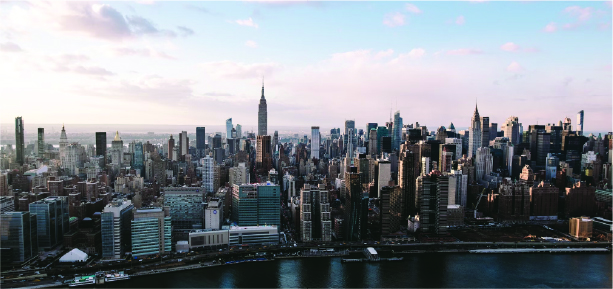As several other sectors, transport, and logistics (T&L) are currently undergoing enormous changes, and like any transition, both risks and opportunities are present.
New technologies, new industry players, new business models, and new consumer demands. There are many ways in which the sector can establish itself to face these challenges.
In this article, we are talking about four main ways in which logistics disruption firms currently must concentrate to look at potential industries’ future.
Modification of client standards
Industrial clients, like retail customers, now demand increased rapidity in orders’ delivery, more flexibly and at a cheaper price with greater clarity.
No wonder all operating structures and viability in the industry are under pressure. And the speed of the transition can be much quicker for big manufacturers and retail customers than for private end customers.
Technological advances
- Each component of how logistics firms work is evolving with technology.
- Digital fitness is a must for success: those who learn how to use a wide variety of emerging technology from data mining to automation and platform applications are the winners.
- There is a chance of obsolescence for those who don’t.
- However, it is crucial to define a clear digital approach embedded into corporate strategy, when there are too many innovations vying for management interest and investment.
Newcomers to the sector
- Platform technologies have enabled the creation of innovative business models, mostly led by logistics start-ups.
- Newmarket ‘sharing’ business models will influence the industry as well as new technologies.
- And existing clients and providers in the market will eventually become the largest new entrants.
Collaboration redefinition
There is already horizontal cooperation, in particular in the last-mile delivery but uncertainties further complicate its implementation.
More transparent requirements, established by the physical internet and interaction and integration in partnerships, joint ventures, or mergers and acquisitions could achieve higher levels of production.
According to numerous studies on the Industrial & Logistics Sector, the logistics industry achieved extraordinary resilience in 2020 amid a significant COVID-led stagnation.
The pandemic induced new demand and intensified economic changes and sent occupier and investment prices to new heights which did more than just weathering the storm.
Here Are Some Key Newbuilds And Acquisitions From The Frontlines Of Logistics Property Worldwide

UNITED KINGDOM
The record in 2020 reached 59.7m sq. ft, in industry and logistics in the UK.
Although demand in other areas of the property market was weakened by the pandemic, logistics investment was actually stimulated.
Amazon took the news and represented an unprecedented 20 percent of the country’s population in 2020.
Market reports stated a 25% investment increase in UK warehousing in 2020 due to a pandemic fueled by the rise in online shopping.

INDIA
FM Logistics, an Indian logistics provider, plans to double their warehousing area to 12 million square feet, down to six million square feet over the next three to four years.
It planned to spend USD 150 million in new warehouses in India over the next 5 years, with a particular focus on multi-client warehouses.

CANADA
FedEx opened a US $290m sq. ft. processing plant, cement ramps, nines gates, and 18 vehicle loading docks at Ontario’s international airport in the south of California.
It would be able to process 12,000 parcels every hour. The airport is handling 30% more freight than it did in 2019.

UNITED STATES
Throughout the Covid-19 pandemic, the Cincinnati/North Kentucky International Airport (CVG) airport has faced a staggering 4,000 tons of air cargo a day while passenger traffic at the airport has plummeted 60%.
The reaction is that on a 640-acre area on the southern border of the airport, Amazon Air, the Amazon freight carrier, is completing a 798,000 sq. ft. sorting centre and seven-level car parking system.
That’s about one-third of Amazon’s 1,5 billion dollars, three million sq. ft. of air freight hub.

EUROPE
With the launch of a logistics centre in Novara, north-western Italy, and a fulfilment centre near the City of Modena, the Amazon will see further growth in Italy in 2021, with an investment of more than 230m euros ($278m).
Another 1,100 opportunities will be created by the expansion, adding 8,500 employees in Italy. The corporation has spent 5,8 billion euros since its
Other Key Highlights
Here are the other important highlights for the European Office Space
- The average primary office rent in all 38 markets is almost stable in comparison with H1 2020 at +0.59%, even though certain competitive price changes have also occurred.
- London West End is at €108.00/sqm the costliest market for offices. The Baltic towns of Vilnius, Riga, and Tallinn are the lowest luxury rentals (Fig 3).
- The heavy reduction in yield has subsided in recent years. The overall net prime return for any market, at 4.12 %, is the same as in the last year’s review.
- In the top seven German markets, the lowest returns are below 3% and therefore the most expensive stock markets in Europe. However, lucrative yield options are provided to several Finnish markets and Baltic states.
- Amid current uncertainties resulting from the COVID-19 pandemic, just about 30% of office markets foresee a turnaround in rental rates. In nine European office markets at the end of 2021, we just see marginally decreasing expected prices (> 3.0 basis points). The bulk of economies are continually stagnating.
- As demand for new core buildings continues to be strong, net premium yields over the whole year should be steady.
- There are estimates that only 3 out of 38 economies will rise by year-end, with outputs projected to remain constant in the remaining countries (> 5.0 basis points).
- There is a differentiated condition between the industry participants. There are, on the one hand, current leases that will remain but are ready for grabs in the next few years. There are also new lettings that can reach an ever-low number of new developments.
- Investors with long-term investment opportunities due to COVID-19 would be much more interested in office assets with a ranking of “core” or “trophy.”
- The consistency of the tenant system would also become highly critical in terms of creditworthiness and business.
- In addition to the low volatility and a greater regional and local sector reference, a secondary location in strategic portfolio investment should be considered.
- In the vacancy indicator, we would be seeing a created, latent base vacancy in the Grade-B / localized property system in places where the value-added positions of the Central Business District or central transport hubs with a limited number of new construction sites.
Opportunity rich sector for investors
For the first time last year, investment volumes in the global logistics market overtook retail business, therefore retail and office sectors are now matched by industrial yields.
The Retail Research Centre forecasts that online transactions in Western Europe would increase by 31% in 2020.
The overall rate of penetration in eCommerce will be reduced from 12 to 16%. In the USA, according to eMarketer, the same number could surpass 14.5%, an all-time record.
Logistics and industrial properties have prevailed over even the toughest criticism, who have established themselves as the third-largest asset class on commercial investment markets.
Alone that makes the sector interesting to a certain category of investors, but the growth background of the sector in Europe is also convincing.
In the last 10 years, manufacturing and logistical properties in the eurozone have produced an average revenue return of 7.8% compared to 5.5% for offices and 6.2% for retailers (according to IPD).

